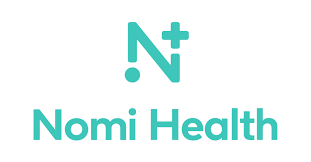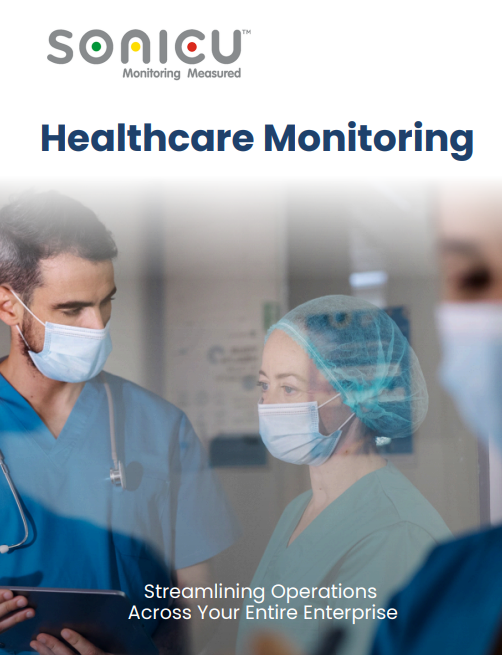
Healthcare Monitoring
Overview of Sonicu's cloud-based platform for real-time environmental monitoring.
Designed with safety, efficiency and compliance always top of mind, we’ve evolved over a decade with continuous improvements from customer feedback. Serving the healthcare, research and food service industries.
Sonicu offers a comprehensive suite of monitoring solutions
that help organizations safeguard assets, automate compliance and reduce manual processes.
Sonicu offers a comprehensive suite of monitoring solutions
that help organizations safeguard assets, automate compliance and reduce manual processes.
From protecting vaccines and research materials to safeguarding food service and facility operations, Sonicu’s monitoring applications cover temperature, humidity, pressure, and more. Whether you’re in healthcare, life sciences, food safety, or other industries, Sonicu provides visibility, compliance, and peace of mind across all your critical applications.

Understanding Heat Stress and OSHA Regulations: How to Protect Your Employees and Ensure Compliance
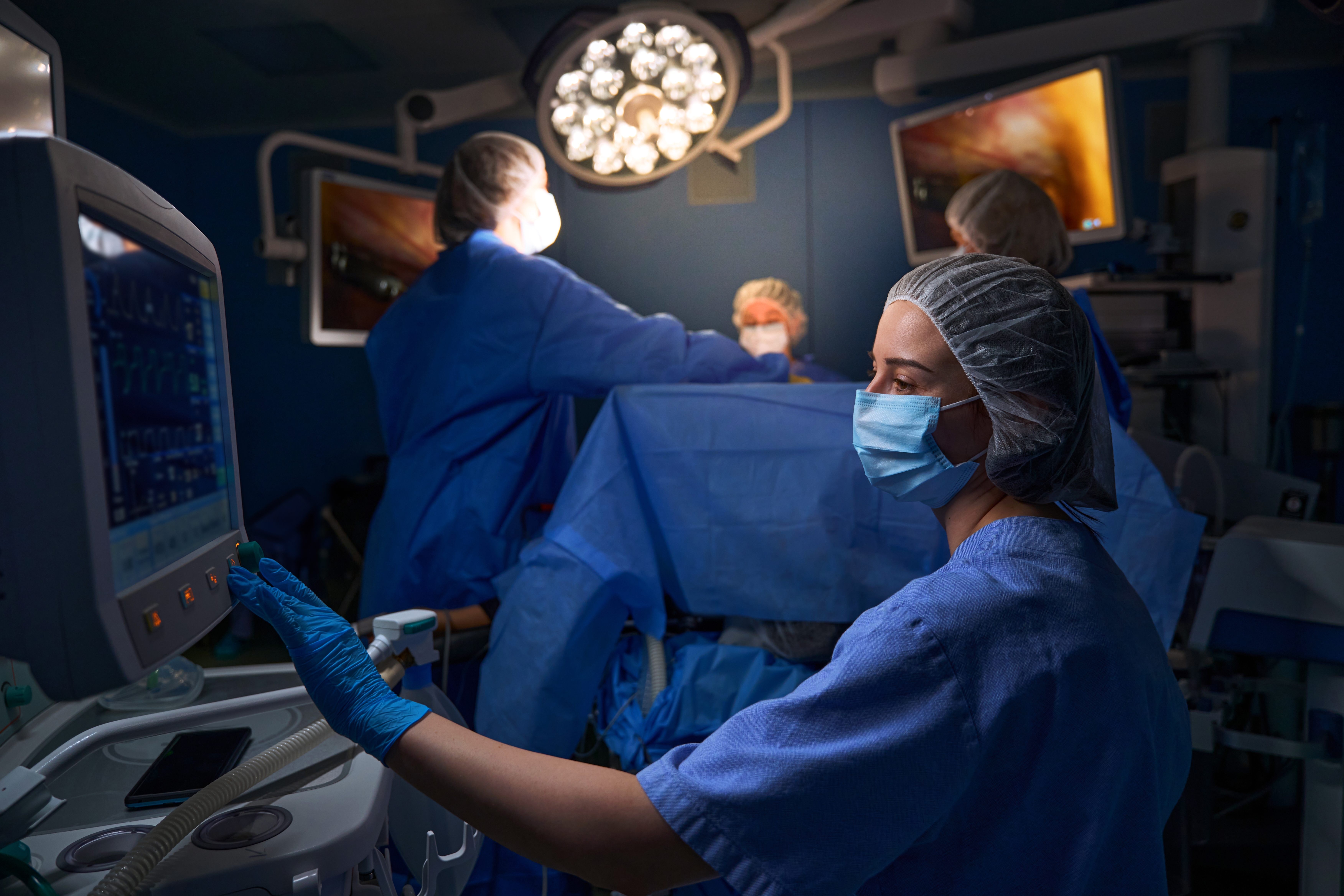

.png?width=95&height=95&name=image%20(9).png)

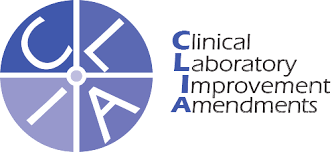

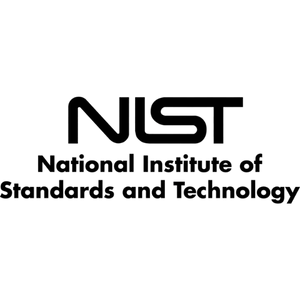
Prevent contamination in cleanrooms, operating rooms and inpatient pharmacies.
In hospitals and healthcare facilities, temperature and humidity play a critical role in patient safety, infection control, and equipment performance. Sonicu’s ambient monitoring solutions provide real-time visibility and peace of mind — from operating rooms to clean storage areas.
Ensure optimal conditions across your facility with a scalable, wireless solution trusted by leading healthcare systems.

Protect your compounding, distribution, and infusion facilities from compromised results.
In pharmaceutical manufacturing, storage, and distribution, maintaining precise ambient conditions is essential to protect product integrity and meet regulatory standards. Sonicu delivers accurate, real-time monitoring of temperature and humidity to help you stay in control — and in compliance.
Safeguard your products and streamline compliance with a scalable ambient monitoring solution built for pharmaceutical environments.

Designed to meet the strict monitoring needs of labs, biomed, and other life science-regulated environments.
Precision matters in life sciences. Whether you’re developing biologics, managing clinical trials, or scaling therapeutic production, Sonicu helps you maintain strict control over ambient temperature and humidity — all while supporting FDA compliance and data integrity.
Protect your processes, products, and reputation with Sonicu’s trusted ambient monitoring solutions.

In tightly packed server environments, Sonicu helps prevent infrastructure damage and downtime by keeping excess heat and humidity in check, protecting your hardware and extending its lifespan.
Temperature and humidity fluctuations can put servers, networking gear, and critical systems at risk. Sonicu provides real-time ambient monitoring for data centers, server rooms, and IT closets — helping you prevent downtime before it happens.
Ensure your infrastructure runs reliably with continuous environmental oversight from Sonicu.
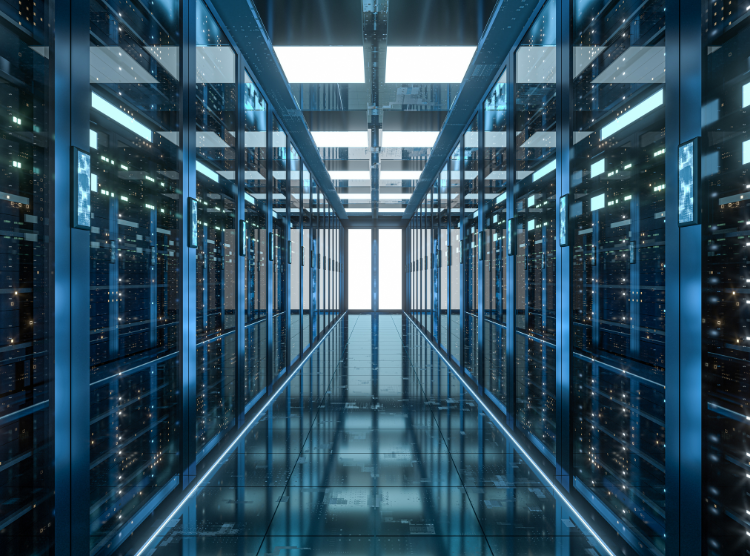




Healthcare facilities face staffing shortages, reimbursement challenges, and rising compliance demands. Maintaining the Joint Commission standards must be as easy and efficient as possible. Sonicu simplifies your path to compliance and accreditation with automated environmental monitoring, real-time alerts, and audit-ready reporting delivered to your inbox.

Meeting CDC VFC program requirements doesn’t have to be complicated or time-consuming, especially when your time and resources are limited. Sonicu delivers a simple, proven solution to protect vaccine integrity and satisfy state reporting standards without adding to your team’s workload.
Sterile compounding and hazardous drug handling come with strict environmental control requirements. With a full suite of sensors and compliance-ready reports, Sonicu makes it easy to meet USP requirements for temperature, humidity, differential pressure, and cold storage while keeping your staff safe and inspectors satisfied.
.png?width=80&height=80&name=FDA%20Logo%20(2).png)
From 21 CFR Part 11 to audit trails and IQ/OQ validation, Sonicu simplifies FDA compliance. Our platform, designed from the ground up to meet FDA manufacturing requirements, includes security across solutions. Sonicu combines AWS cloud hosting, validated software, and e-signature support to meet electronic recordkeeping and data integrity requirements in regulated manufacturing environments.

Every food service operation and kitchen needs a HACCP plan, but relying on clipboards and manual logs puts your compliance and reputation at risk. Sonicu makes it easy to automate your critical control point monitoring with wireless temperature sensors and cloud-based corrective action logs.

As OSHA expands enforcement around heat stress, Sonicu helps you stay ahead of workplace safety compliance. Our wireless sensors track temperature, humidity, and calculate heat index automatically, helping you identify and respond to dangerous conditions before they impact your team.
Sonicu’s ambient sensors and meters are designed for rapid deployment and seamless performance across healthcare, life sciences, pharmaceuticals, food safety, data centers, and more. With LoRaWAN wireless connectivity you get accurate, real-time monitoring without burdening your IT team.
LoRaWAN Connectivity enables long-range, low-power wireless communication with no reliance on Wi-Fi network
Real-Time Alerts to notify staff immediately when temperature or humidity conditions fall out of range
Flexible, Cable-Free Installation with a range of sensor options to fit your specific environment
From cleanrooms and cold storage to server rooms and compounding pharmacies, Sonicu makes it easy to monitor ambient conditions with confidence.

Stay connected to your most critical ambient conditions, wherever you are. The SoniCloud mobile app gives you instant access to live readings, alarm statuses, and historical data straight from your smartphone or tablet.
✔ Receive real-time alerts to prevent costly losses
✔ Snooze, comment, or resolve alarms right from your device
✔ Empower your team with 24/7 visibility and peace of mind
From the specially calibrated hardware, robust alert features, and automated reporting, Sonicu’s complete solution simplifies the most daunting yet crucial tasks of precise data logging and documenting.
Protect priceless samples and materials with a system built to eliminate manual checks, reduce risk, and keep you inspection-ready 24/7.
✔ Comprehensive compliance features including audit-ready reporting
✔ Centralized data for all your temperature storage points
✔ Trusted by leading hospitals, schools, and labs across the U.S.

Ensure patient safety and regulatory compliance with confidence. Sonicu provides reliable, 24/7 monitoring for vaccines, labs, blood banks, and cleanroom environments, helping you protect patients and maintain critical standards.
Provide automated environmental monitoring that supports a wide range of pharmacy types. Sonicu streamlines regulatory compliance, protects high-value medications, and reduces operational risk. From continuous temperature, humidity, and pressure monitoring, our platform gives you the tools to simplify compliance for USP, BoP, CDC, and more.
Protect food safety at every stage. From manufacturing to distribution and commercial kitchens, Sonicu helps protect food safety at every stage. Our real-time temperature monitoring, smart alerts, and automated digital logs support compliance with HACCP and FDA regulations, ensuring your food stays safe, your operation runs smoothly, and you're always inspection-ready.


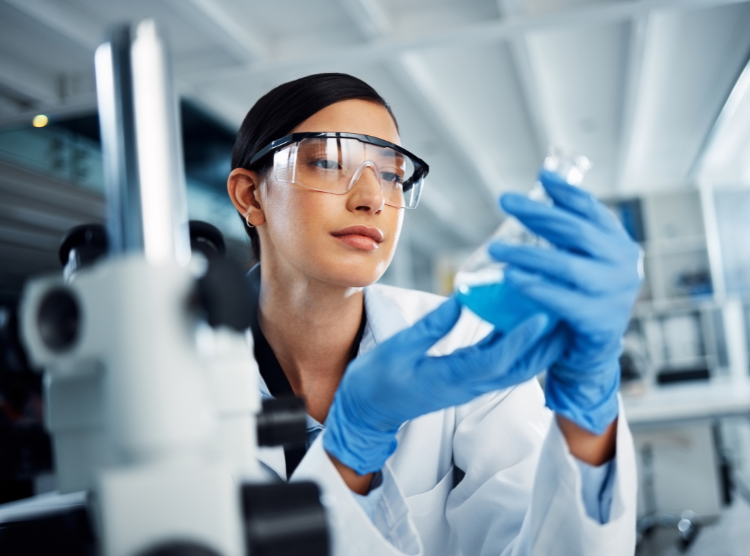

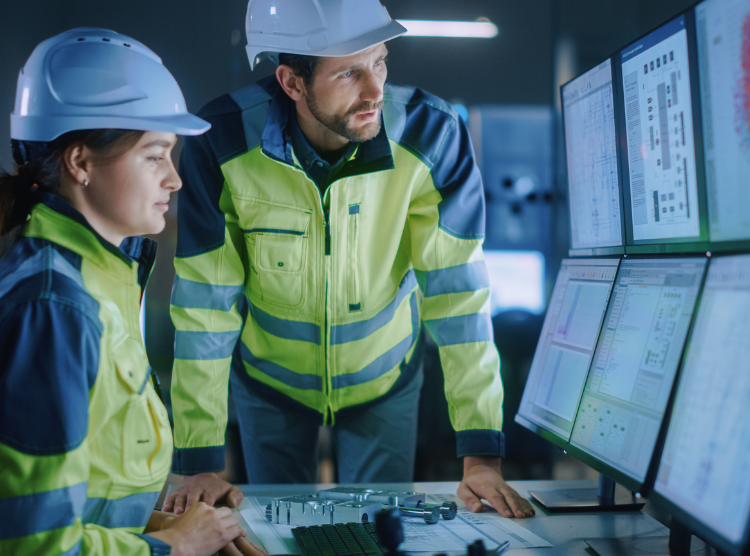

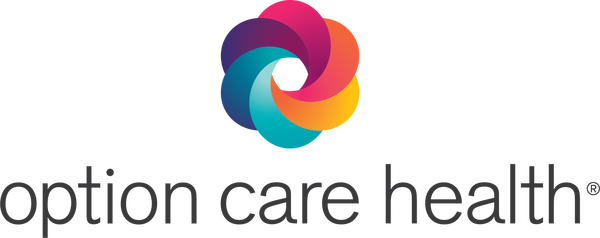

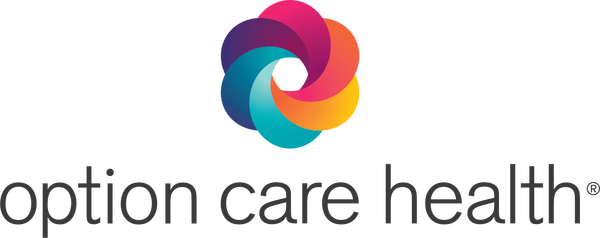





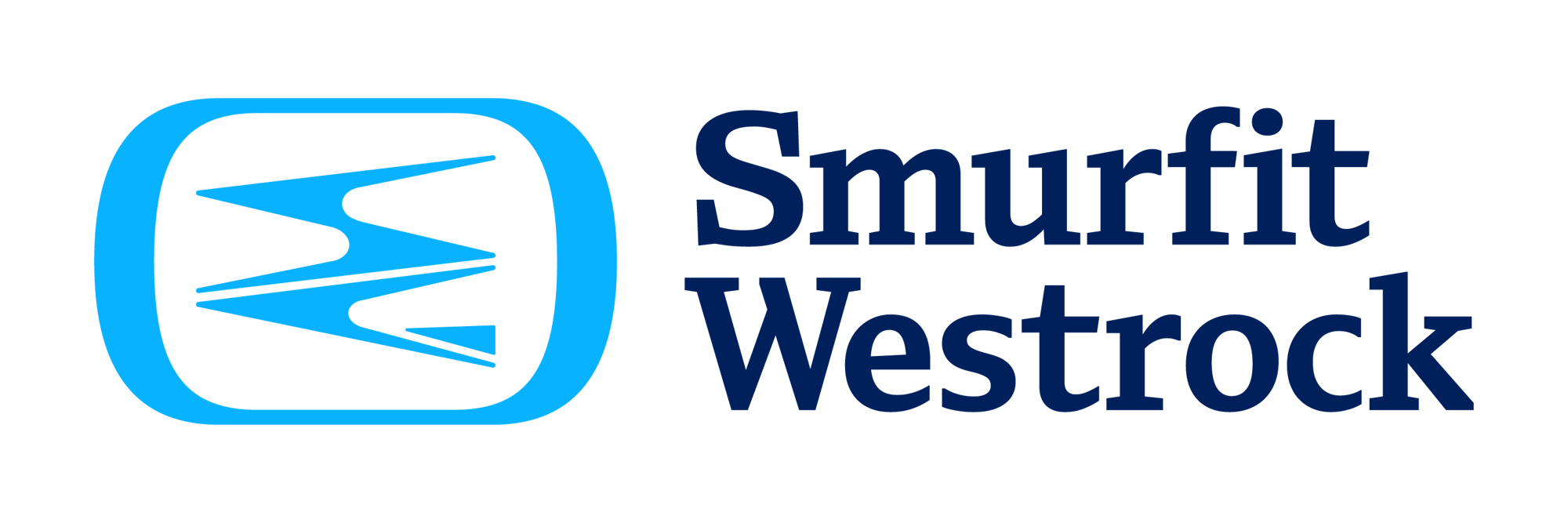




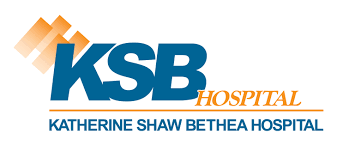
Our policy is to check temperatures on all our fridges and freezers twice a day. With small outlying clinics that aren’t staffed seven days a week, we’d come in Monday morning, hoping the temperatures held steady over the weekend. We needed visibility on the fridges, especially after the loss we just suffered.

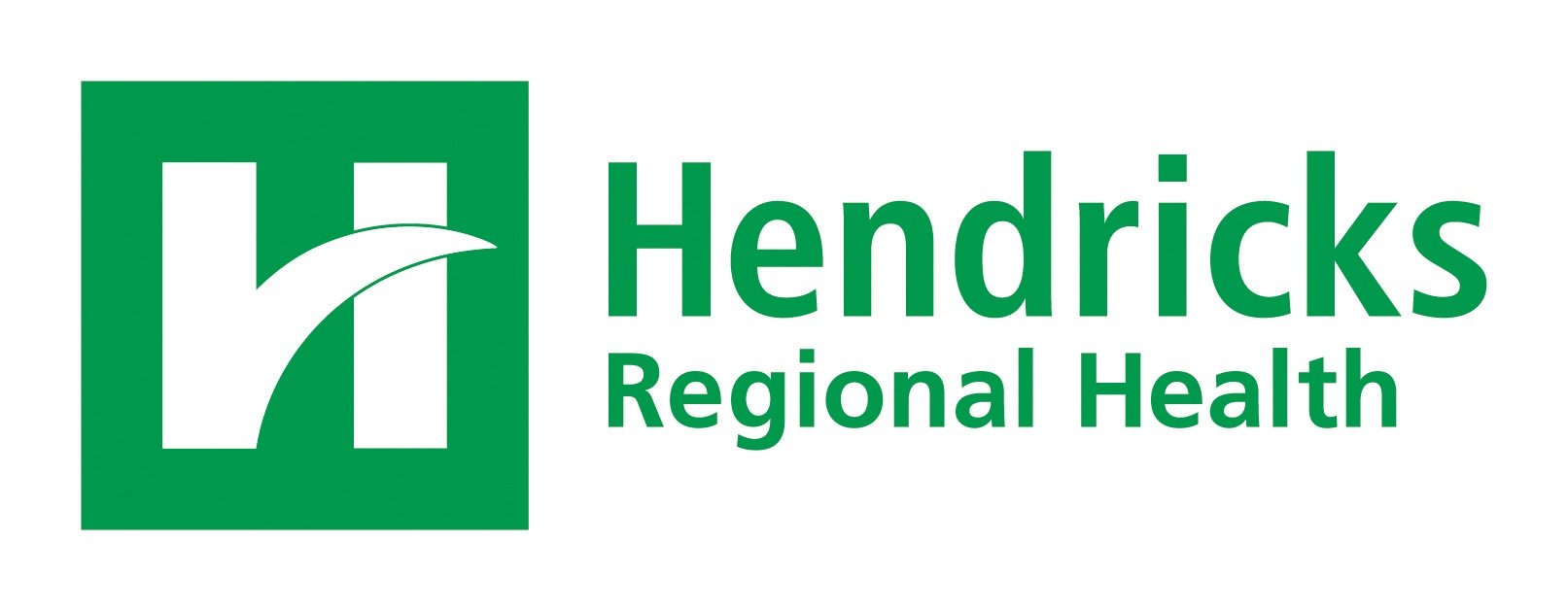

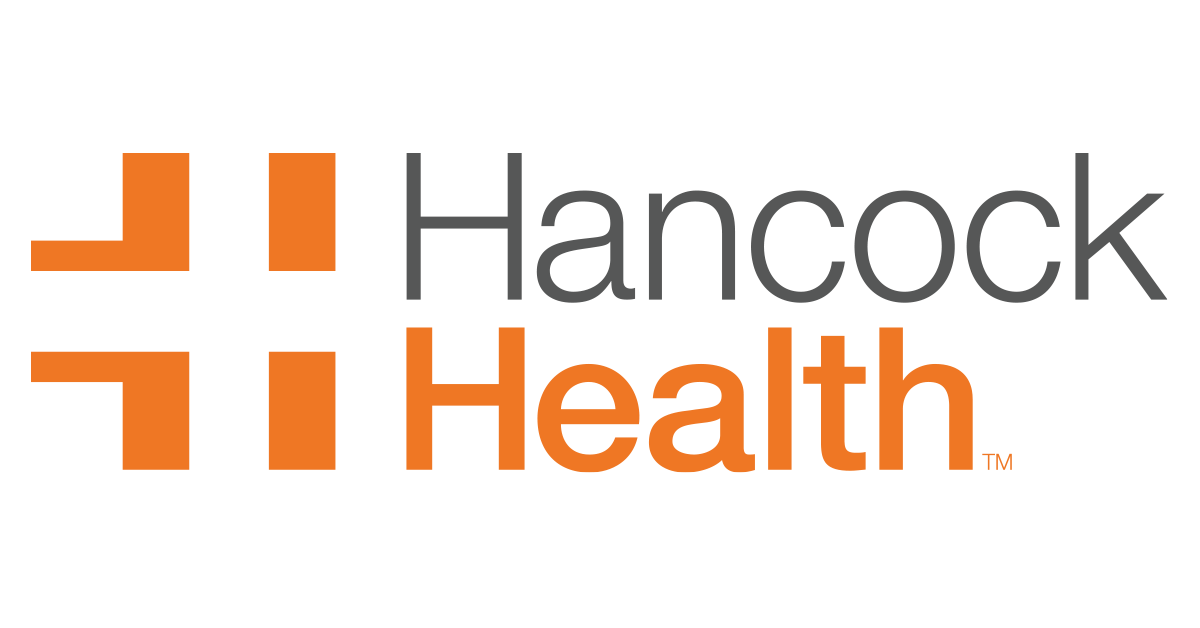
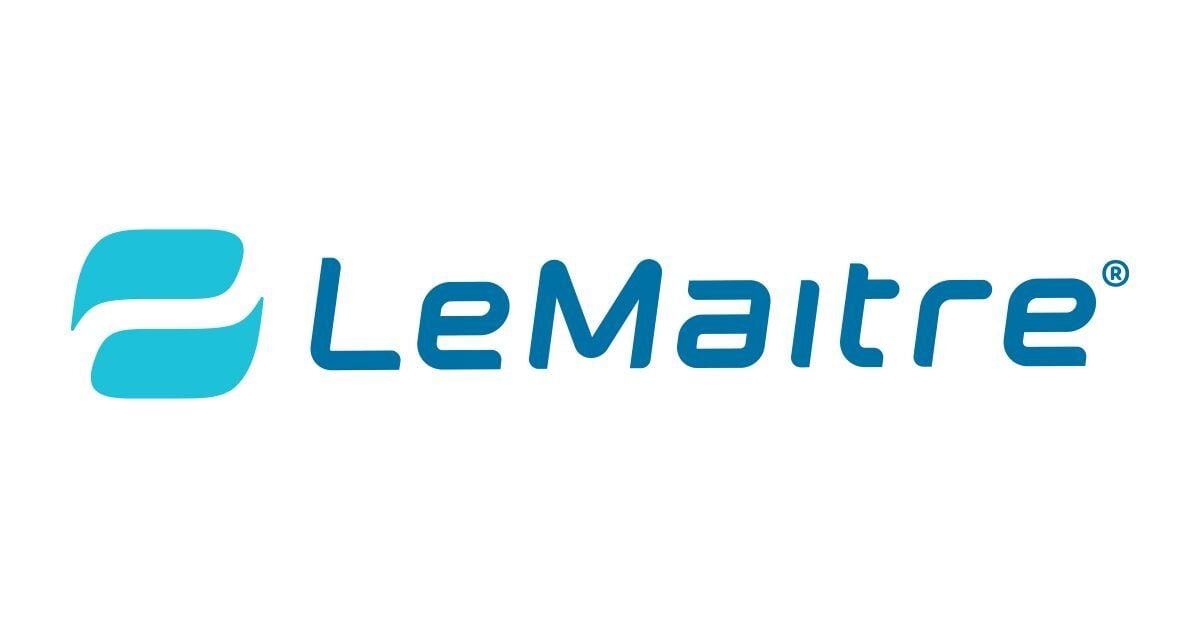

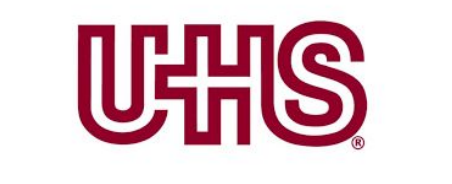

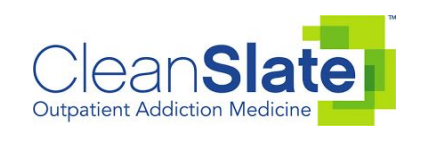
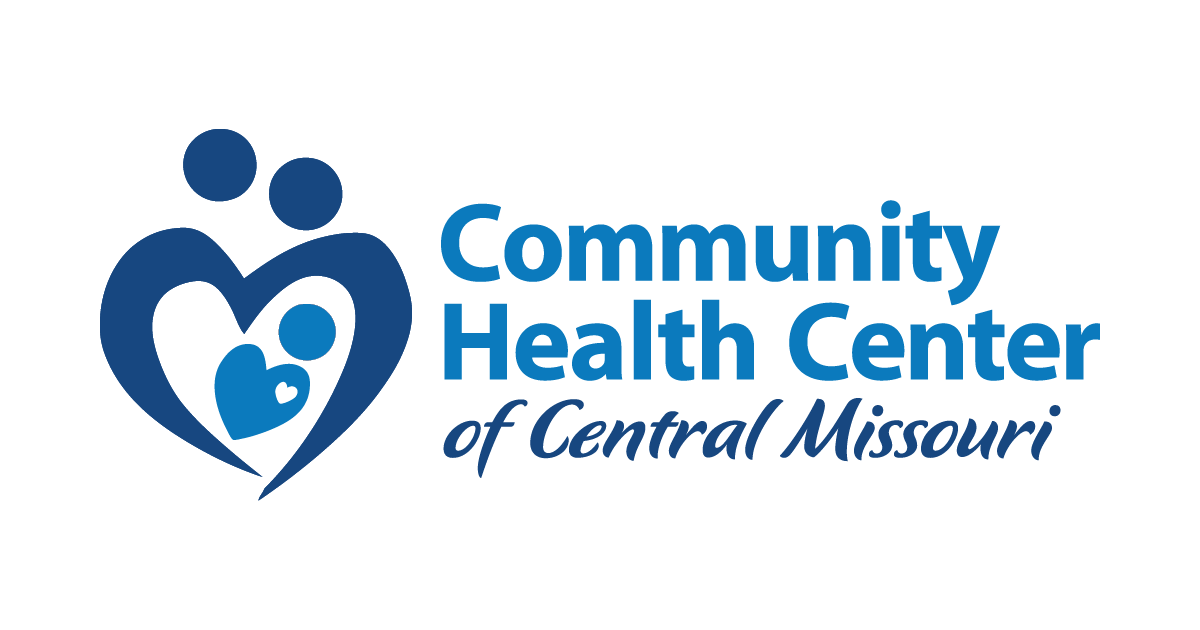
When we put the numbers in front of our leadership and showed them how much time we were going to save with a remote system and automated monitoring versus the time we used to spend managing the system, it was a no-brainer, and we pulled the trigger right away.

